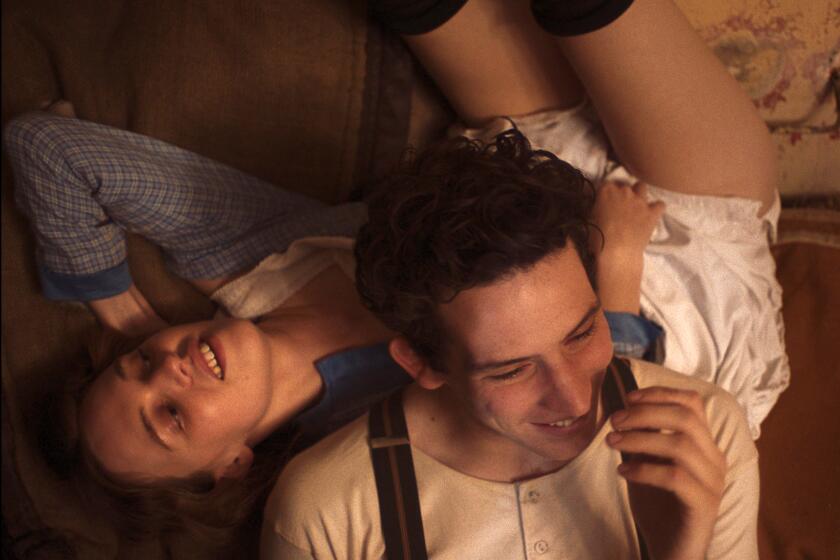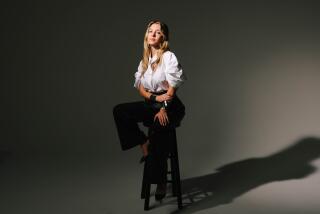How director Eva Husson embraced the frank sexuality and nudity of ‘Mothering Sunday’
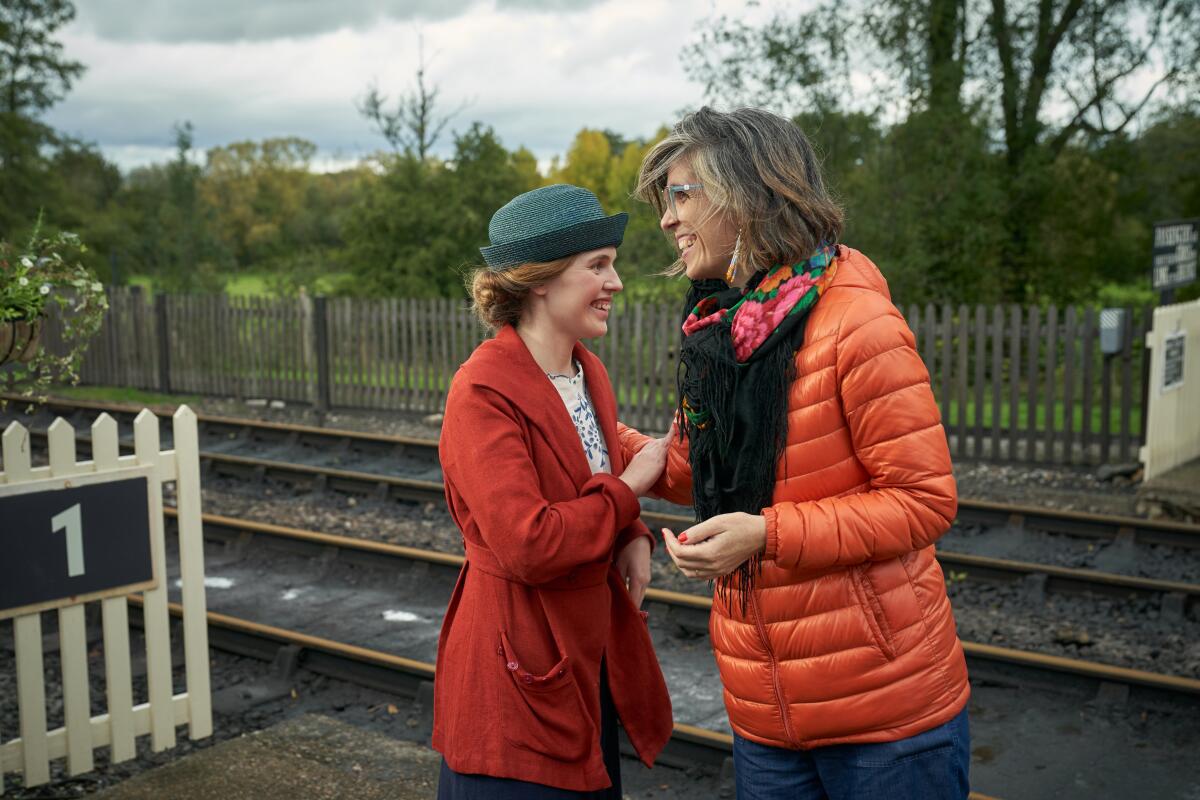
- Share via
London — There was a particular scene in “Mothering Sunday,” adapted from Graham Swift’s 2016 novel by screenwriter Alice Birch, that convinced director Eva Husson she had to do the film. After a tryst with her secret lover, Paul Sheringham (Josh O’Connor), Jane Fairchild (Odessa Young), a housemaid from a nearby manor, finds herself alone, wandering through the empty rooms of Paul’s home. It’s a sunny Mother’s Day, and everyone is out, waiting for Paul to join them, as Jane lingers. At one point, she finds herself in the English country estate’s vast library, naked, running her fingers over the books.
“I had been that girl,” Husson explains, speaking over Zoom from Paris. “I found myself in places I was not supposed to be, walking around naked and just really f—ing feeling the power of my naked body. Just being there. I knew that. I knew that was not going to be creepy or sleazy. And I knew that was not something you see often onscreen: a naked woman walking around books, without it being sexual. And it was not sexual; it was political. I felt, ‘I’ve got to do this.’ That’s the scene that made me want to make the film.”
For Young, who was cast remotely from Australia ahead of the pandemic, the wordless scenes of Jane in the house were the most daunting, but also what the actress calls the “centerpiece of the movie.” She recalls a MasterClass Helen Mirren did once, which sums up the challenge the role presented.
“The first thing [Helen Mirren] does is walk from the wings onto the stage to the chair,” Young says, speaking separately from New York. “She sits down and says, ‘I just did the hardest thing that you could possibly do as an actor.’ Which is walk with an intention. The idea being just walking as a person, without anything but your body to rely on, is extremely challenging. We shot that sequence for so many days — I think we shot it for an entire week. I was naked for an entire week. And there were so many days where I thought I was the worst actor in the world. It really calls into question the work that you’ve done. I didn’t want to go into it and just wing it because there is nuance to every moment in that library and in that house. It may have been the greatest challenge that the role posed.”
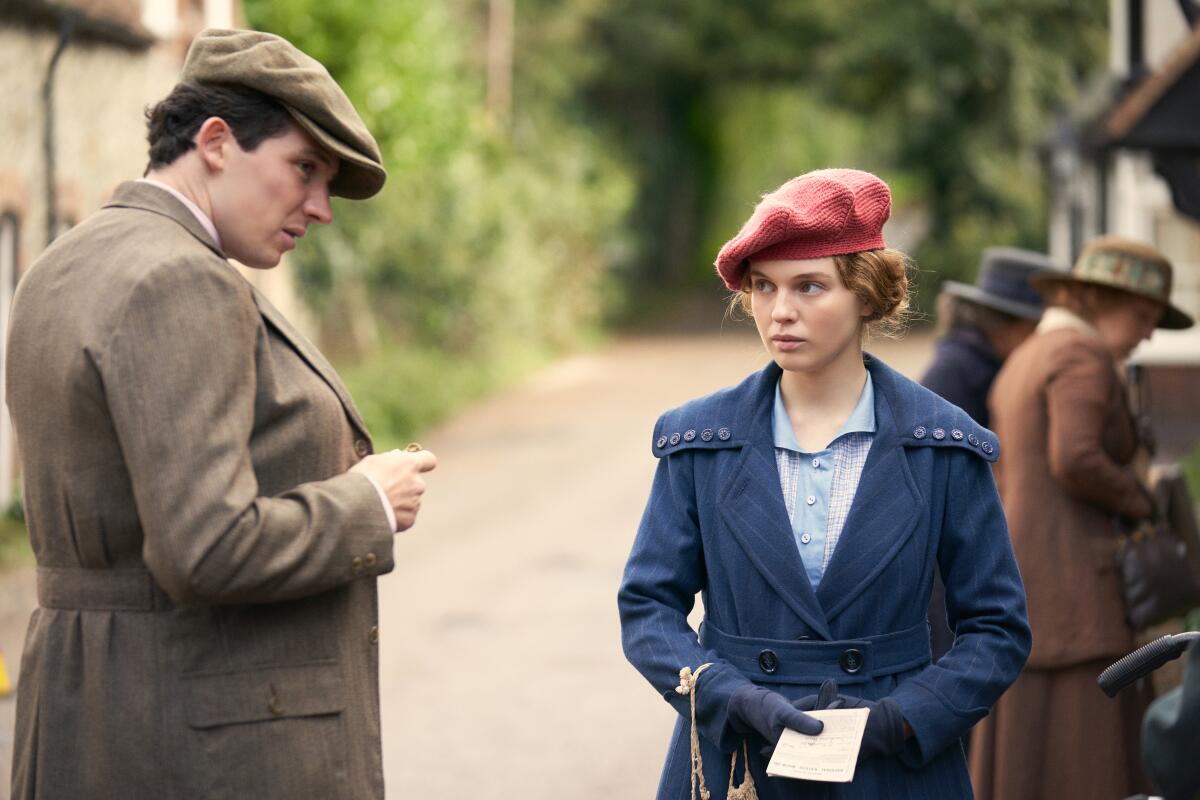
“Mothering Sunday” is, in itself, nuanced. Set across several timelines, with Jane as a maid in 1924 surrounding the film’s pivotal events and then later in her life, the story is delicate and quiet, with a tone that parallels Birch’s work as a writer on Hulu’s “Normal People.” The success of the film relies on the relationship between Paul and Jane, who are mismatched in class status and availability (Paul is engaged to the daughter of his parents’ friends). The connection the characters share is complex and fueled by the mood of the time period.
“We talked a lot about our characters and the relationship between the two of them,” O’Connor remembers. “Although I suppose, thinking back, what’s so strange about that relationship between Jane and Paul is that, in many ways, it wasn’t an emotionally deep relationship. Or it didn’t seem that way to us. There was obviously love there, but I think there was so much trauma and tragedy from Paul — and from Jane being an orphan — that there was a distance. During that time, I don’t know that people were able to articulate those feelings. We live in a time where we are trying to engage more with our own mental health and we have more language available to explain our feelings. I don’t know if then we necessarily had that, and there’s a British stiff-upper-lip attitude. There was a lot of work on character, but a lot of it was personal and private, and then we worked those scenes together.”
Odessa Young, Josh O’Connor, Olivia Colman and Colin Firth star in ‘Mothering Sunday,’ a British romantic drama set in the wake of World War I.
The audience doesn’t see much of Paul and Jane together, even though their relationship shapes the narrative’s events, both in 1924 and later, when Jane, now a writer, is in a relationship with Donald (Ṣọpẹ́ Dìrísù). In fact, an early scene captures Paul and Jane’s yearslong history in one glimpse, depicting their lovemaking and its aftermath. The depiction of sex is frank and realistic and features unabashed nudity from the two actors. It’s particularly impressive when you realize O’Connor and Young only met about a week before filming (he took her on an excursion to the London Zoo, which O’Connor now says was a questionable choice).
“I believe that nudity is a beautiful interface for intimacy,” Husson explains. “Nudity’s not necessarily about sex, which is why I loved the scenes so much where they talk naked. They spend way more time naked while talking than while having sex. There might be a minute of sex in the film, all in all, and everything else is the intimacy around sex. We need to see that represented onscreen. Pornography cannot be the only way to have people represented in sexual situations because otherwise, we’re going to think that extreme behaviors are the norm. And it’s not. A lot of times it’s not passionate — it’s just naked people talking, and it’s completely fine.”
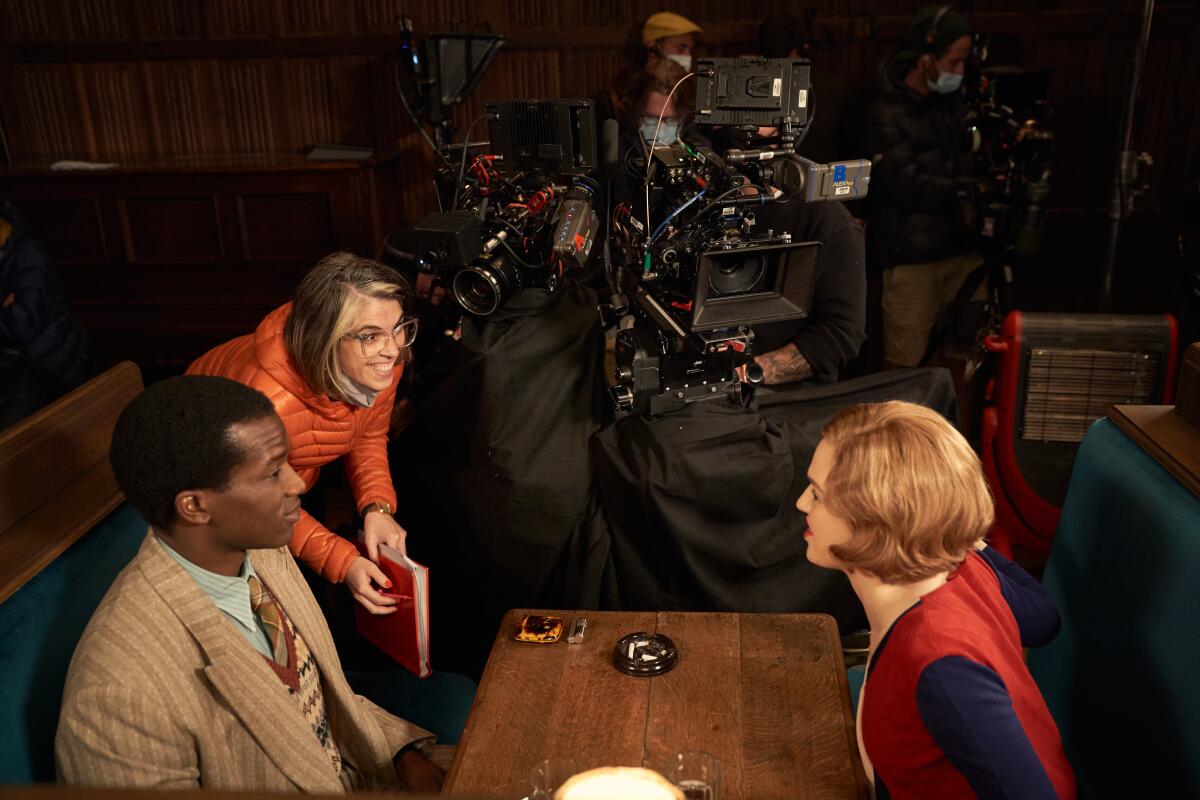
Still, filming the sequence caused some anxiety for O’Connor, who credits Husson and Young with helping him feel comfortable. Every moment of the sex scene was choreographed by Husson, who previously explored sexual relationships onscreen with her 2015 film “Bang Gang.” It was also filmed with as few people in the room as possible.
“No one wants to be naked, ever, do they?” O’Connor laughs. “What I mean by that is that we’re all completely self-conscious. But I don’t think I’d ever do it if I felt it was gratuitous. And I think there has to be a reason. If you ever get a chance to read — or have read — the Graham Swift novel, so much of that relationship is unspoken. Partly because they’re unable to engage with language and be emotional in that sense, the nudity provides a huge sense of vulnerability. We’re working in an art form which is to do with images, and that tells the story perfectly.”
“The bubble felt very safe,” Young adds, referring to both COVID-19 and the reality of the scene. “That was part of the emotional safety as well, that you could take it out of your mind for a second that hopefully a lot of people will be seeing this and seeing what you’re doing in that moment. Which is really daunting. You can take that out of it because, in that moment, you are just in a room with a few people you have been working very closely with for the past few weeks. And, also, at the end of the day, it is what we signed up for.”
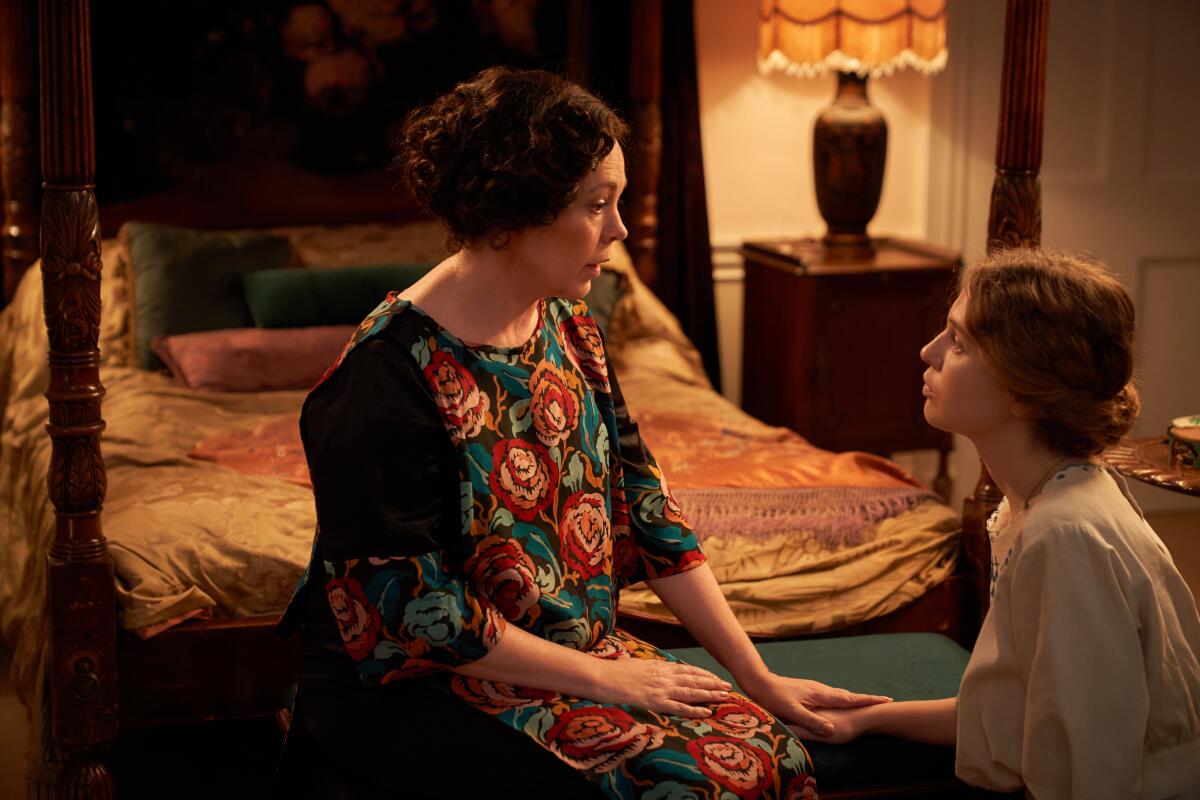
Although “Mothering Sunday” takes place in historical time periods, Husson didn’t approach the film like a traditional British period piece. The director, who is French, wanted every scene to feel bright and infused with sunlight — something that was tricky with the English weather while filming in the fall of 2020. She sees a correlation between today and the 1920s, which is why the film has such a contemporary resonance.
“There was an incredible freedom [in the 1920s],” Husson says. “I’m a little bit envious to the fact that they had this very small window in history where they could experiment with things without having to label everything. Sexuality was extremely fluid. You didn’t need to define yourself as straight or gay or queer or whatever — you could just go for it and experiment with it, if you were lucky enough to be in an artistic environment, of course. I think that’s the motivation behind Jane’s freedom. She’s from that generation where the worst has happened, so it’s like a blank canvas.”
O’Connor adds that the aim was to “get something as close to the truth [as possible] or something that feels as authentic as possible” while still taking the historical context into consideration, and Young feels that it was ultimately best to leave the research behind and just embody the characters.
“There’s really no difference to the human soul, no matter the decade,” she says. “The story itself, if we want to go by media portrayals, I think Jane and Paul’s love story and then Donald and Jane’s love story are both romances that were ahead of their time. Aside from the accent, I think there was no real internal difference to how it all feels. The story is pretty timeless.”
More to Read
Only good movies
Get the Indie Focus newsletter, Mark Olsen's weekly guide to the world of cinema.
You may occasionally receive promotional content from the Los Angeles Times.
